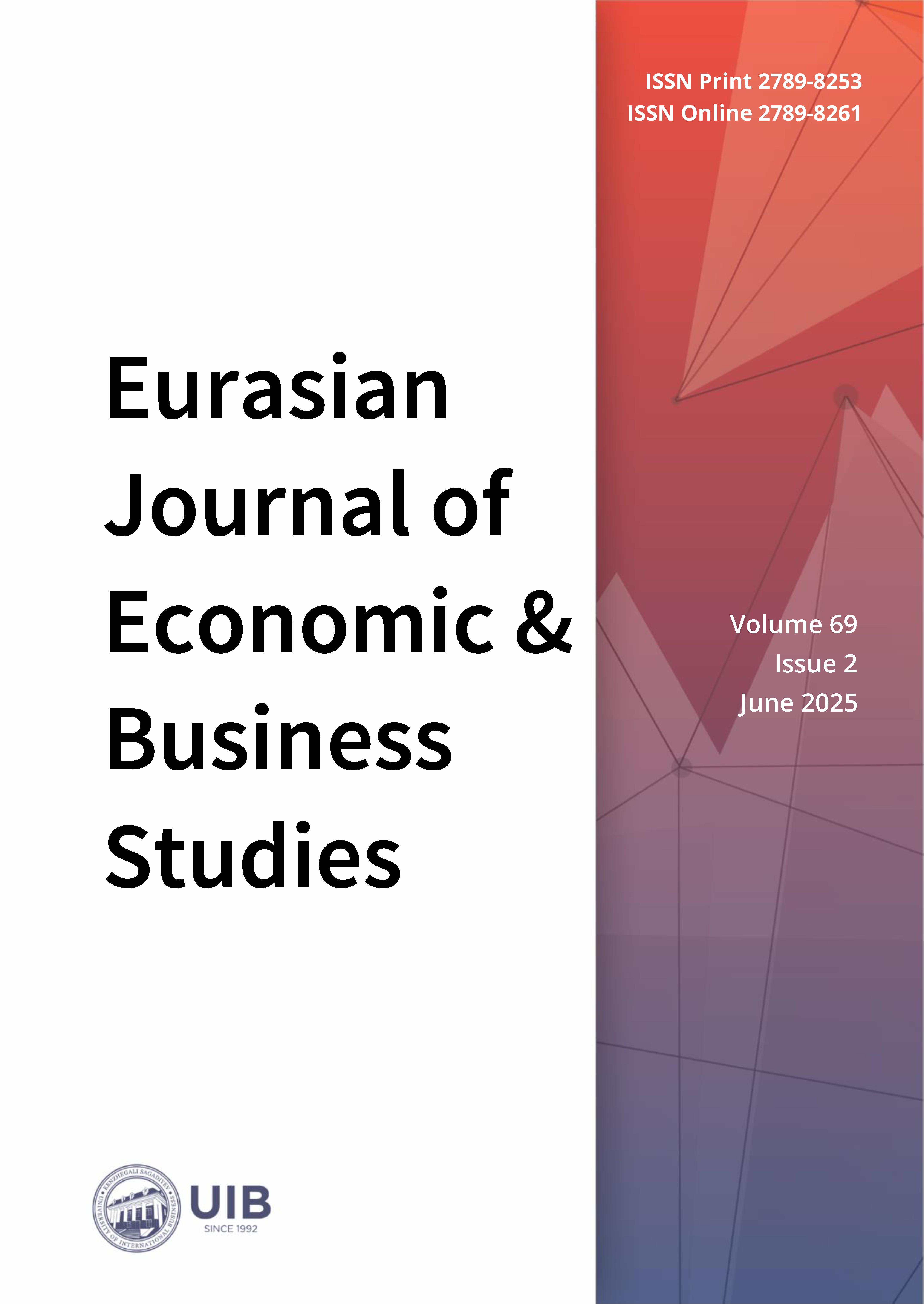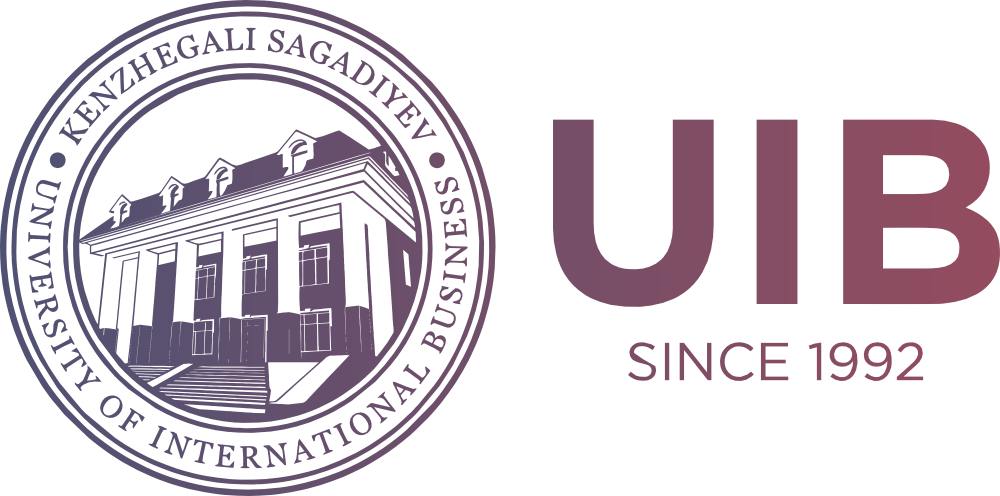An Assessment of Financial Stability of Artificial Intelligence-based Monitoring Project in Kazakhstan
DOI:
https://doi.org/10.47703/ejebs.v69i2.507Keywords:
Artificial Intelligence, Public-Private Partnerships, Digital Business, Sergek, Financial Stability, Project Financing, Investment RiskAbstract
Today, public-private partnership (hereinafter – PPP) projects, which apply digital technologies and artificial intelligence (hereinafter – AI), are becoming essential for improving infrastructure delivery and transparency. This study aims to assess the financial stability and risks of the Sergek project, an AI-based traffic video monitoring system in Almaty implemented under the PPP model with fixed government payments. The study examines the macroeconomic and operational risks of the project using system dynamics (SD) modeling. The data inputs for the SD model were collected from project documentation, national economic statistics, and expert interviews. In the baseline scenario, with a stable exchange rate (0.1% growth per year) and timely government payments, the internal rate of return (hereinafter – IRR) increases from -1.0% in 2021 to 0.37% by 2026. In an alternative scenario with an annual devaluation of 20%, the IRR only reaches 0.3%, and the break-even point is delayed by one year. However, the return significantly declined under scenarios simulating currency depreciation, underscoring the AI project’s sensitivity to external economic risks. This study provides methodological and practical contributions to the field, specifically within the contracts of availability-payment mechanisms in emerging economies like Kazakhstan. The proposed simulation model is an adaptable tool for stakeholders to forecast investment outcomes and enhance project monitoring and control based on AI applications in PPPs.
Downloads
How to Cite
Downloads
Published
Issue
Section
License

This work is licensed under a Creative Commons Attribution 4.0 International License.
Authors retain copyright and grant the journal right of first publication with the work simultaneously licensed under a Creative Commons Attribution (CC-BY) 4.0 License that allows others to share the work with an acknowledgment of the work’s authorship and initial publication in this journal.



